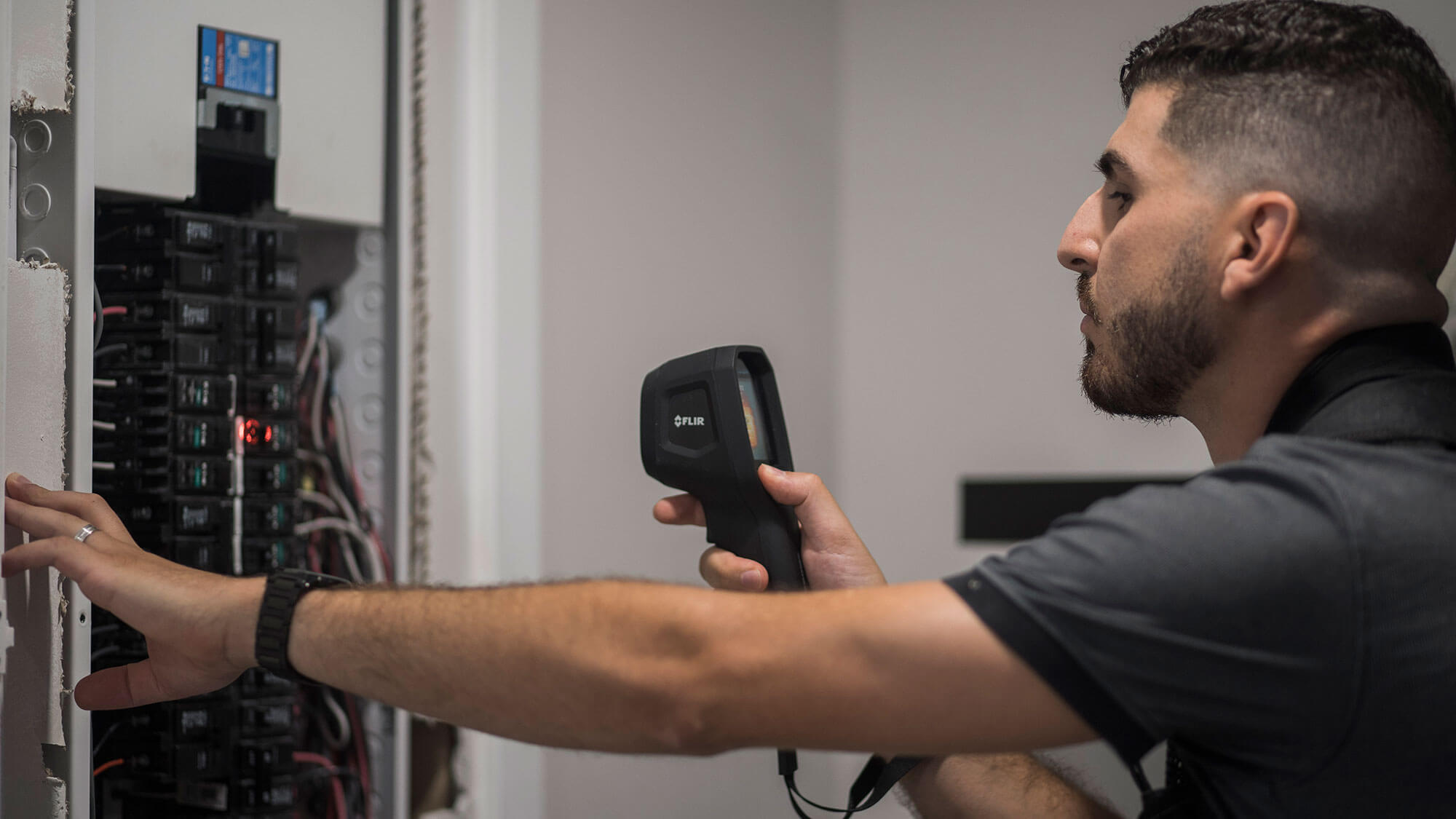A co-ownership inspection evaluates the condition of visible and accessible systems and components within a co-ownership property. The purpose of this inspection is to identify any significant defects that could impact the use, enjoyment, or value of the property, or pose a safety risk to occupants. It also documents the condition of the property’s elements at the time of inspection, providing observations and comments on all systems and components for your information.
When purchasing a property in divided co-ownership, you acquire a private portion, such as your apartment or private parking space, along with a percentage of the building’s common areas, like hallways, elevators, and pools. You will have sole ownership of your private portion and share ownership of the common areas with other co-owners. A unique aspect of divided co-ownership is the presence of a syndicate of co-owners responsible for managing the building.
In contrast, purchasing an undivided co-ownership means acquiring a percentage of the entire building, which is jointly owned by several owners. There is no syndicate of co-owners in an undivided co-ownership. Instead, an indivision agreement, which is optional but typically recommended, governs the rights of all owners and establishes exclusive use rights for each, such as your apartment or private parking space. This agreement outlines the management and operation of the co-ownership property.
For co-ownership inspections, a divided co-ownership inspection focuses on systems and components installed horizontally at the surface of the interior wall finishes and vertically from the ceiling to the floor finishes. It may also include inspecting systems and components in the building’s common areas under the syndicate’s supervision, requiring written authorization if necessary.
An undivided co-ownership inspection involves examining systems and components both inside and outside the building as specified in the inspection service agreement.
